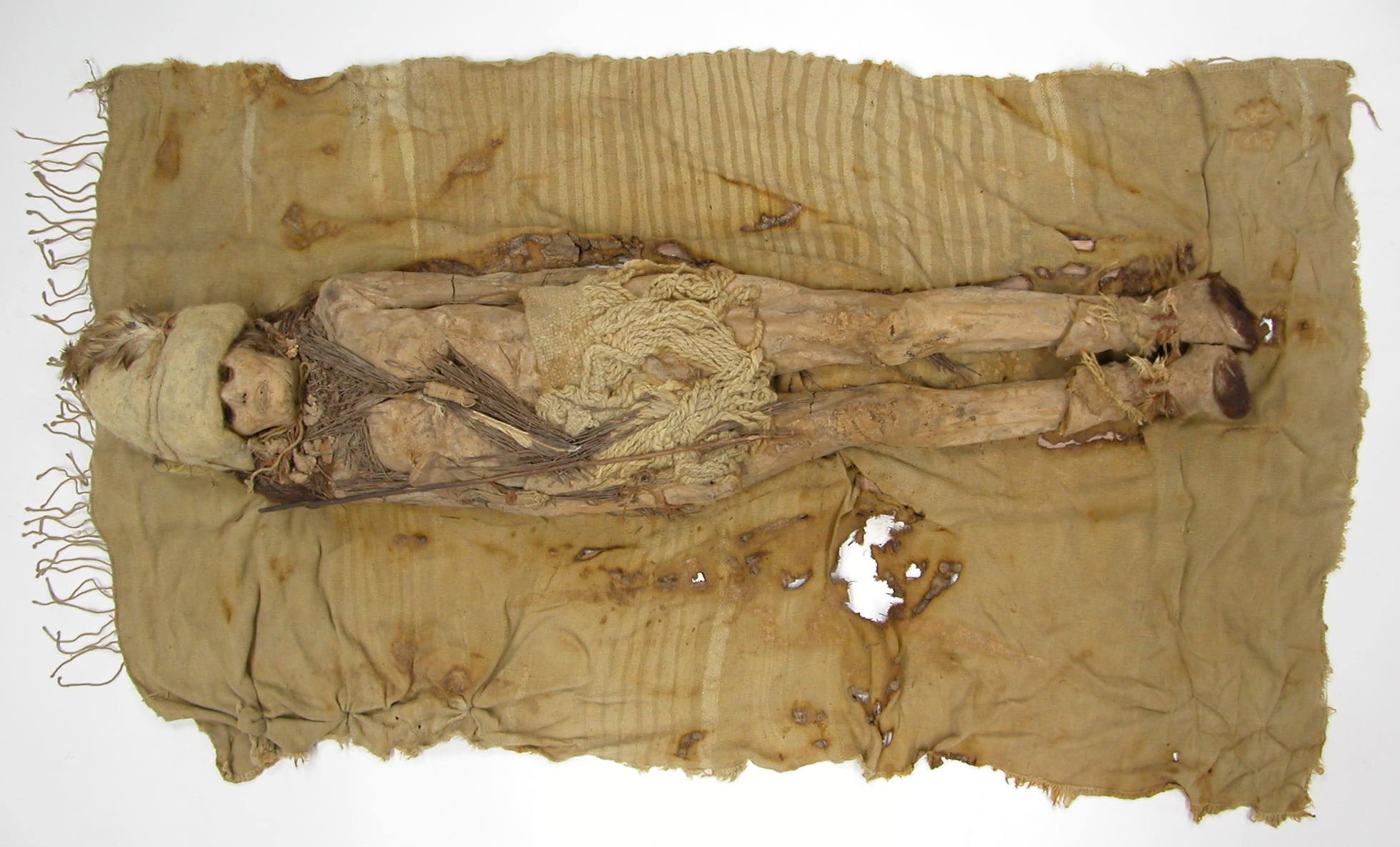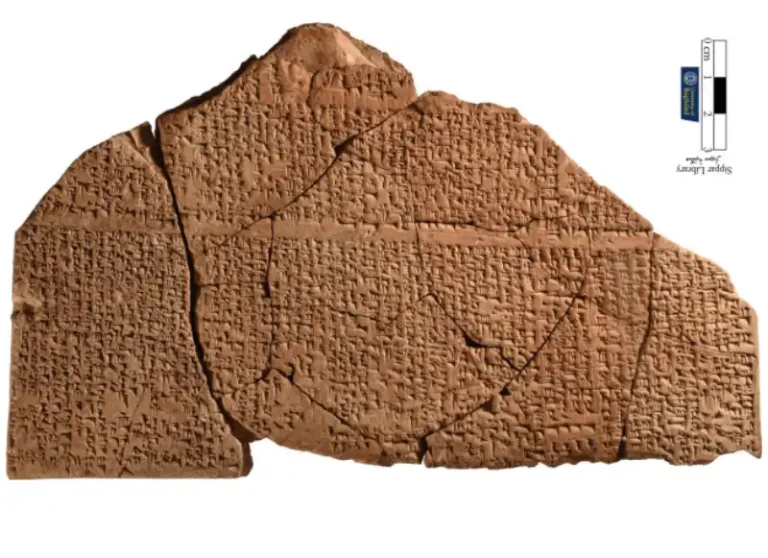The discovery of the world’s oldest cheese

Discovery of world’s oldest cheese reveals complex evolutionary relationship between humans and microbes.
In the late 1970s, a team of archaeologists became preoccupied with a set of mummies that were so distinctive that some questioned the veracity of the claims being made. The mummies were discovered in the Tarim Basin, located in the north-eastern region of China. The arid and cold desert climate had allowed hundreds of naturally mummified human remains to rest undisturbed for centuries.
As the research progressed, scientists sought to gain further insight into the origin and customs of the so-called “Tarim mummies”. However, one particular doubt was raised by the team of Qiaomei Fu, a paleogeneticist and director of the ancient DNA laboratory at the Institute of Vertebrate Paleontology and Paleoanthropology of the Chinese Academy of Sciences. Some of the mummies exhibited a mysterious white substance distributed around their necks, the origin and purpose of which remained unknown.
Two decades later, the answer was provided by the scientist, who identified the substance as kefir cheese, thanks to the advancement of ancient DNA analysis techniques.
Qiaomei and his team successfully extracted and analyzed the genetic material preserved in cheese samples dating back 3,600 years, making them the oldest samples of their kind on record. The results of the research, published in the journal Cell, suggest a new origin for this fermented food and provide evidence of the close evolutionary and collaborative relationship between humans and probiotic bacteria.
The author notes that foods such as cheese are extremely difficult to preserve for thousands of years, which makes this analysis a unique and valuable opportunity. The study of this food can contribute to a deeper understanding of prehistoric diets and cultures.

“The interaction between people and microbes has always been with us. Humans of the past used their wisdom to apply and domesticate microbes to preserve and produce fermented foods, which shaped specific lifestyles and promoted techno-cultural exchanges,” Qiaomei explains about his research.
By employing sophisticated ancient DNA recovery techniques, the researchers were able to reconstruct the genome of bacteria engaged in fermentation processes and investigate the impact of human intervention on the evolutionary trajectory of these microorganisms.
The development of food fermentation techniques during the Bronze Age was a matter of survival. The production of food items with a longer shelf life and enhanced digestibility, such as kefir cheese, was made possible by these techniques. This was particularly beneficial for villagers who relied on dairy products, as it allowed them to utilize raw milk in ways that extended its shelf life and made it more digestible, especially in genetically lactose-intolerant populations.
It was previously believed that kefir originated in the mountainous Caucasus region and subsequently disseminated throughout Europe and Asia. Indeed, the etymological origin of the word is Turkish and translates to “blessing.” Nevertheless, the study published in Cell posits alternative routes of dispersal for this technique, thereby prompting the question of whether it truly originated independently in other regions of the world prior to its dissemination.
The crucial factor appears to be the specific bacterial species present in the samples. The researchers were able to extract DNA from the cheese and identify the Lactobacillus strain, the primary microbe involved in kefir fermentation, as originating from Tibet. This revealed a subtle distinction, as the strains identified in the mummy samples belong to the subspecies kefiranofaciens, while the strains isolated from Europe and other eastern coastal regions belong to the subspecies kefirgranum. Both are commonly found in contemporary kefir grains. This supports the notion of multiple routes of cultural and food propagation.

During the extended period of travel, the microbial population did not remain static. The study facilitated the determination of the manner in which Lactobacillus kefiranofaciens exchanged genetic material with related strains, thereby enhancing its genetic stability and milk fermentation capabilities over time.
In comparison to ancient Lactobacillus, modern bacteria are less likely to elicit an immune response and be rejected by the human gut. This indicates that genetic exchanges have also facilitated Lactobacillus’s adaptation to human hosts over thousands of years of interaction. That is, while humans adapted to the bacteria in order to maintain their nutritional intake, the bacteria, on an invisible scale, also adapted to humans in order to survive within them.
“People in the past were already applying microbes to preserve and produce fermented foods early on, and these production techniques spread among populations very widely,” Qiaomei notes. He adds, “Our new insights into microbial genomes are valuable, as they allow us to explore more details about changes in human lifestyle, cultural exchanges and, especially, interactions with the environment on an evolutionary scale.”
This finding will facilitate a more comprehensive understanding of the co-evolution between humans and microbes over a period exceeding three thousand years. These symbiotic relationships, frequently disregarded despite their persistence, facilitated human adaptation to novel environmental conditions and enhanced dietary quality.
The scientific and public interest in the longest-lived specimens is not merely an academic curiosity. It is explained, Qiaomei believes, because “perhaps, through older things, people feel closer to their origins.”






